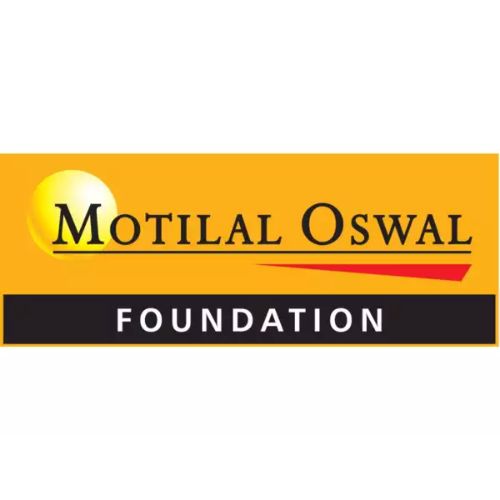Jar, the Tiger Global-backed gold savings platform, reported its fiscal year that ended March 2024 earnings with a staggering 5.6X growth in operating revenue and a 15 percent reduction in losses. And that is particularly impressive, as the company achieved such a feat even when marketing spend was slashed by a total of 57% across the same period.

PC: Dematdive
According to Jar’s consolidated annual financial statement, the company had revenue from operations at ₹49 crore in FY24, against ₹8.7 crore in the preceding fiscal. This growth doesn’t just speak of the expansion in Jar’s market presence but also of an effective business strategy in a competitive fintech landscape.
Jar works as a digital financial services company and generates its revenues in terms of transactions and gold sold. The company has two broad sources of revenues, namely sale of traded goods, which refers to gold, and commission income. In FY24, the sale of traded goods generated ₹27.24 crore, which accounted for 55.6% of total revenues, while commission income comprised ₹21.78 crore, or 44.4%. Jar earned ₹7.4 crore from interest and savings and hence had a total income of ₹56.41 crore for the year.
While its top line is surging ahead, Jar faces its challenge in terms of the cost structure. In the total costs for FY24, employee benefits comprised a sizeable 42.8%. The very highest, at ₹68.7 crore, reflected an increased rate of 66.8% year over year. But interestingly, half the money, ₹26.8 crore, was towards the purchase of employee stock options. Now, ESOP is actually not a cash component; thus, it is quite wrong to say that employees take ESOPs off company cash.
The company made a strategic turn and curbed its aggressive marketing in FY24, which reflected in the marketing expenses, reducing to ₹29.27 crore. This is a significant reduction from previous years, showing that the company is focused on sustainable growth rather than just an expansionist approach. Apart from this, Jar also allocated ₹22.7 crore for material purchases and rent, which was part of its cost management strategy.
Whereas the scale of Jar has been increasing exponentially, with the revenues improving 5.6 times, its total expense improved at a much lower compounded annual growth rate of 16.26%, culminating at ₹160.38 crore. This has reduced the losses by 15.47% as such, and the company faced a total loss of ₹103.97 crore in FY24. These measures led the company to report ROCE of -121.79% and the EBITDA margin being 180.68%. The company spent ₹3.27 for each rupee of operating revenue.
Jar has raised over $60 million so far and is now valued at approximately $325 million, TheKredible reported, which tracks startups through its startup intelligence platform. Co-founders Nischay Babu AG and Misbah Ashraf hold a combined 44.96% ownership stake in the company, thus a significant stakeholder in the company’s growth journey.
Given such a balance of revenue growth and cost management, it can be concluded that fiscal year 2024 of Jar has been a balanced one, marking the continued commitment of the company to building a sustainable business model. By cutting marketing spends while improving operational efficiencies, Jar is set to soar further in the fintech market with innovative gold savings products available to consumers in India.















